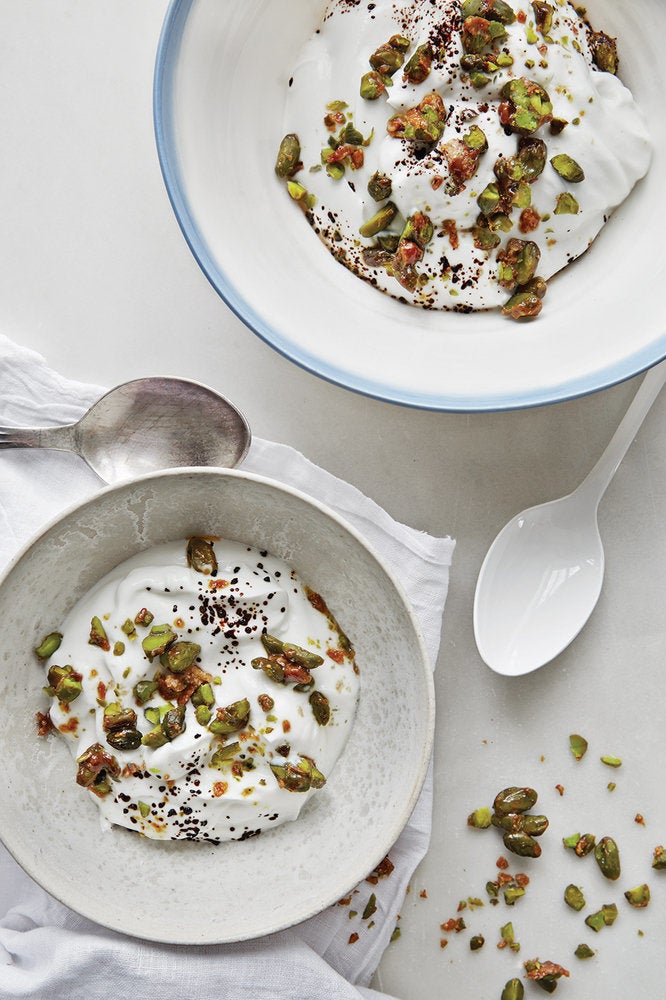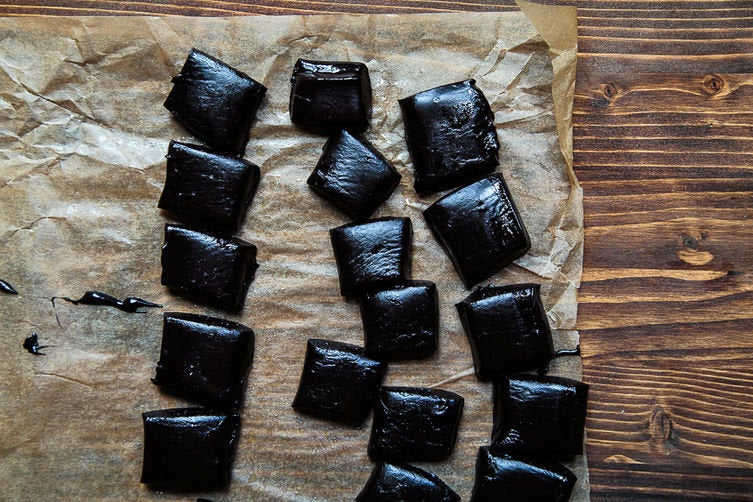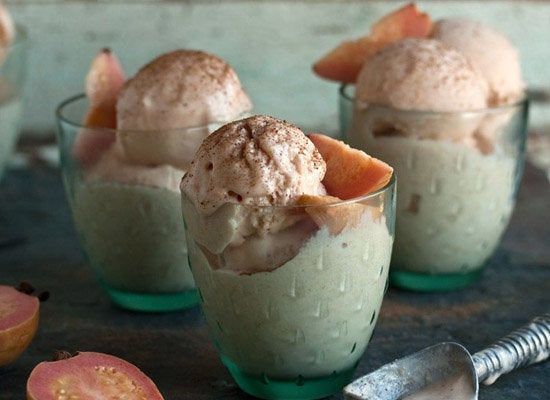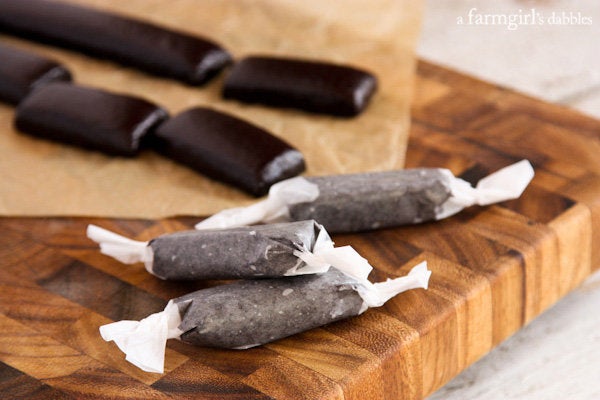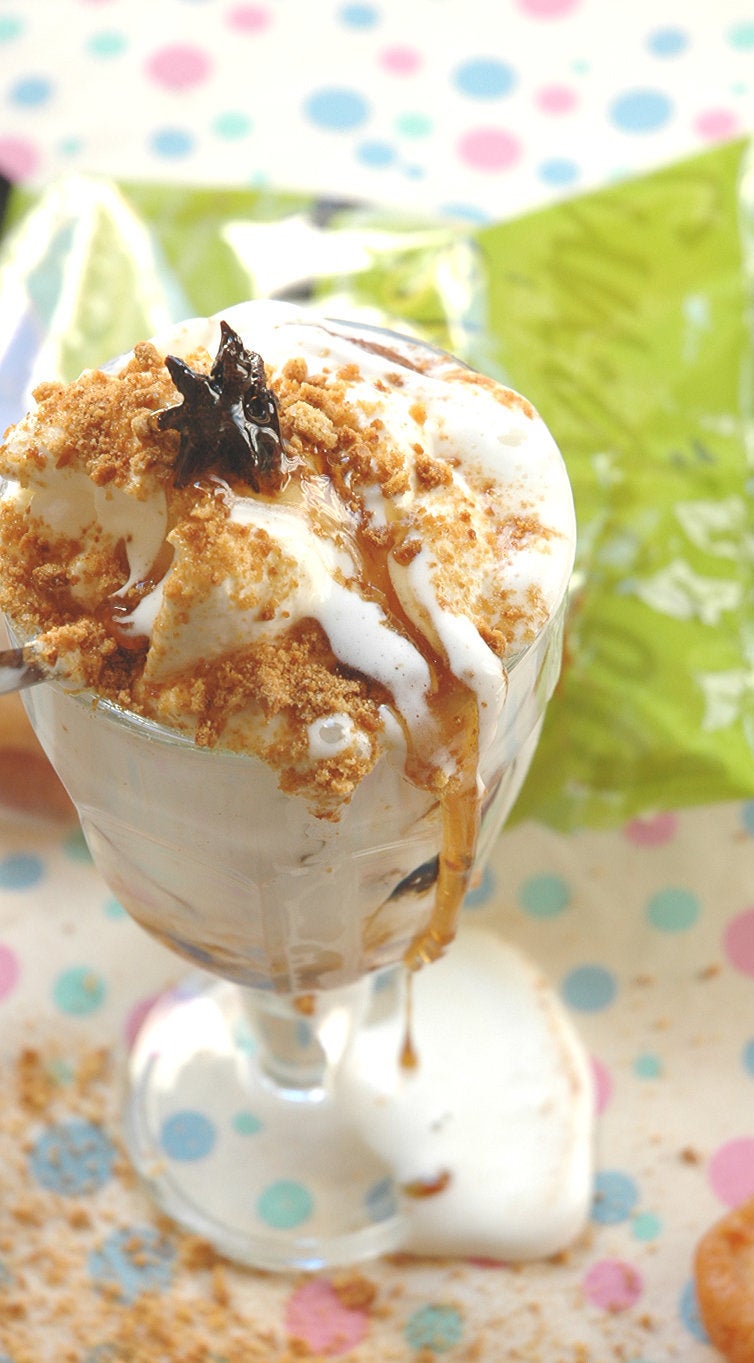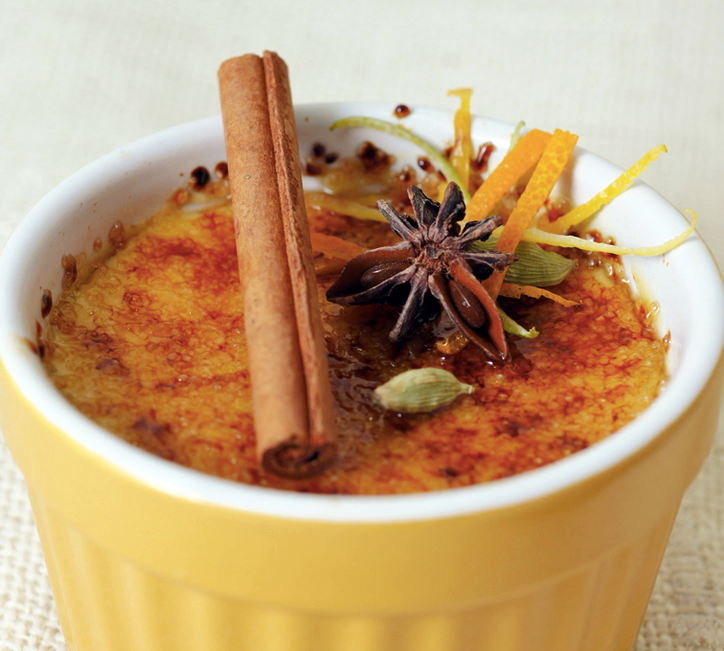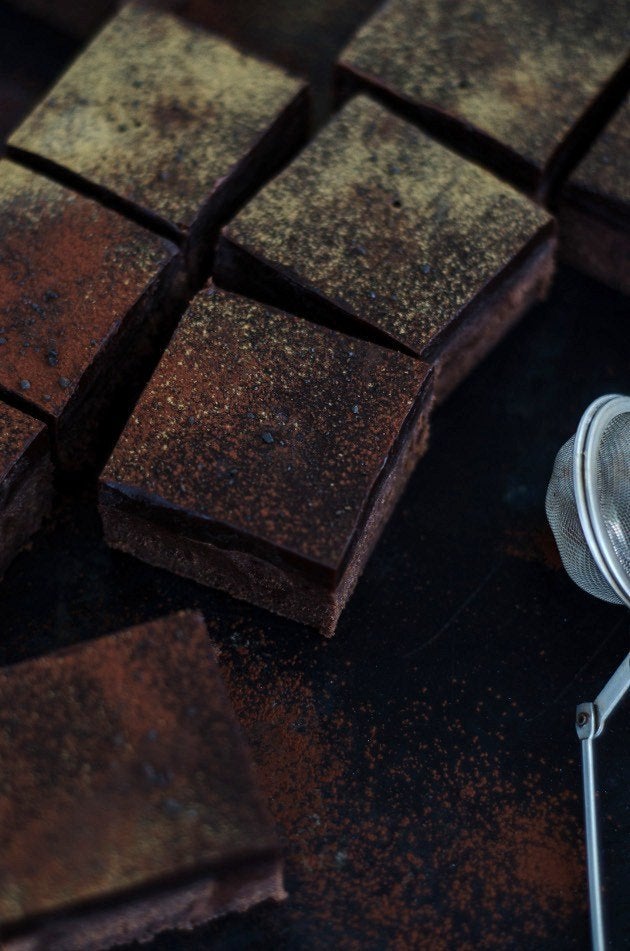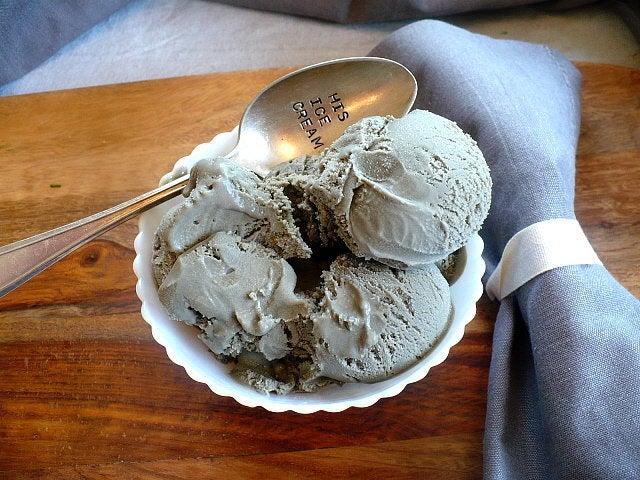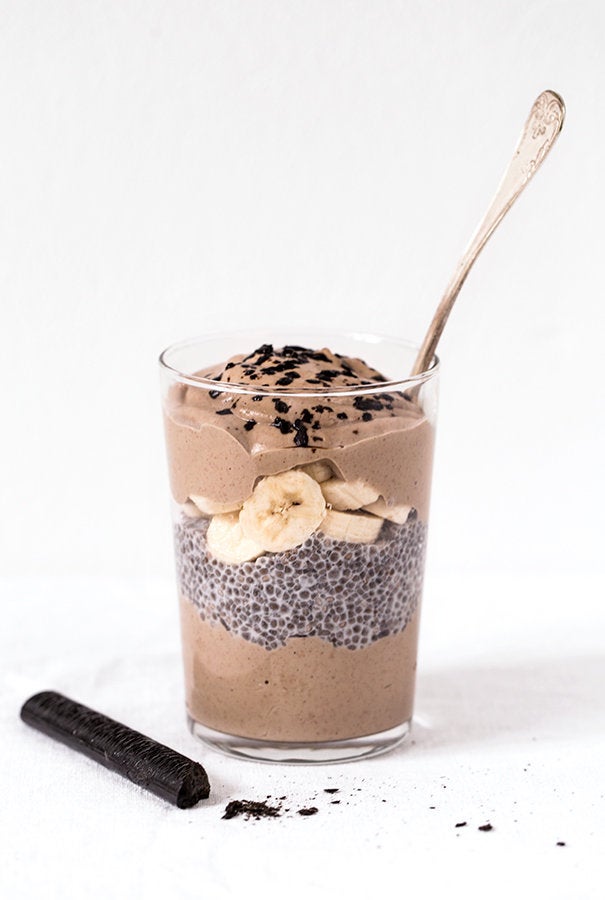When it comes to polarizing candy, licorice is at the top of the list. But whether you prefer red or black (or none at all), what is licorice, anyways?
To answer this important question, we consulted Kelila Jaffe, Food Program Coordinator for the Department of Nutrition, Food Studies, and Public Health at New York University. Jaffe gave us the low-down on all things licorice and (spoiler alert) Twizzlers are not what you think they are.
1. What is licorice? 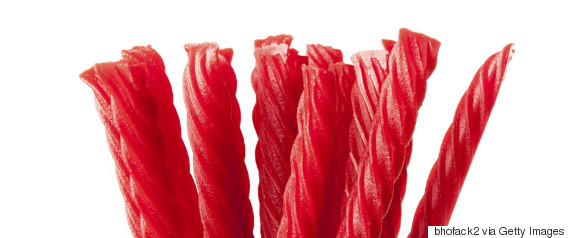
"Licorice is a plant, Glycyrrhiza glabra," Jaffe said. "But the term also refers to the confections derived from that plant’s sweet roots (black licorice). Other candies of similar form use the name as well, but are not actually flavored with licorice extract."
2. Who discovered it?
Jaffe said that licorice is native to Southern Europe and Asia, and has been for thousands of years. According to the National Center for Complementary and Integrative Health, licorice is also still commonly grown in Greece and Turkey.
3. Can licorice help heal medical ailments?
Though it can cause some medical ailments in extreme cases, licorice root is often used to soothe sore throats and stomach pains. Some doctors even prescribe deglycyrrhizinated licorice (DGL) for hormonal, respiratory and fatigue issues.
4. So is the licorice used in medicine the same as the licorice used in candy?
"Black licorice candy is flavored with the extract of the licorice plant," Jaffe said. On the other hand, red licorice is a total fraud. "Red licorice, or other colors, are usually fruit flavored by artificial or natural means, and do not contain licorice flavoring," she added.
5. Are Red Vines or Twizzlers made from real licorice?
Not only do Red Vines and Twizzlers not contain any licorice extract, "the word licorice is absent from their packaging, and instead they are labeled as 'twists,'" said Jaffe. To the companies' credit, she added, "Red Vines and Twizzlers do make black licorices that contain licorice extract," though the items are more popular in Europe.
6. What's the difference between black and red licorice?
"They are made by a similar process, which combines sugar with a starchy binder and the desired flavoring agents," Jaffe said. But as mentioned above, black licorice usually contains licorice extract while red licorice is usually fruit flavored. So basically when it boils down to it, red licorice has no licorice at all.
Related
Before You Go
